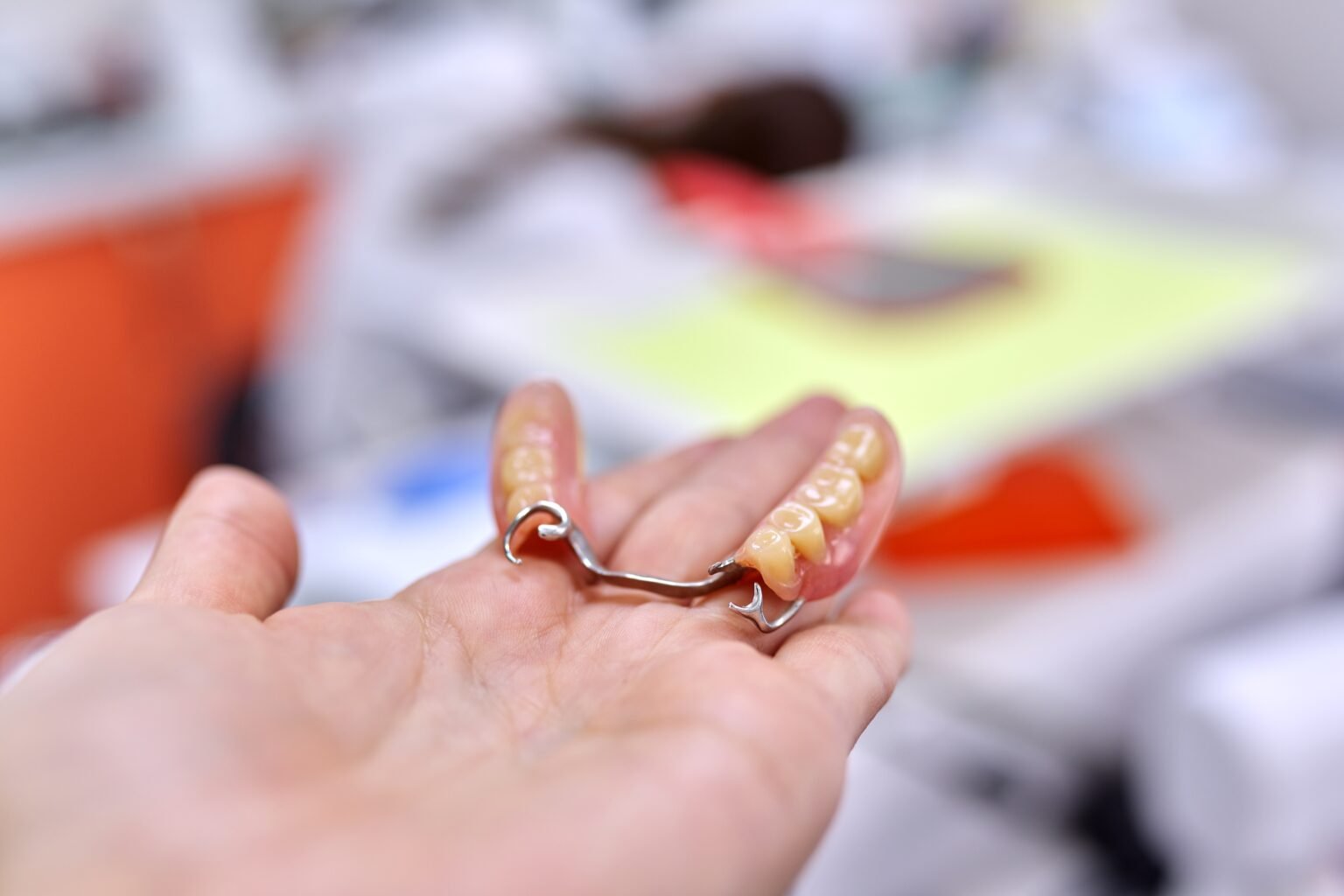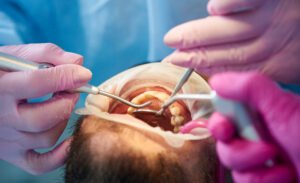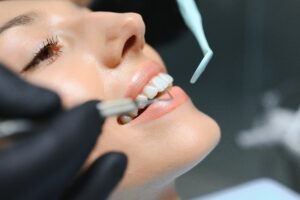A lost tooth means nothing to a young child. It marks a stage in growing up and generally denotes a unique gift from the Tooth Fairy hidden under your pillow. And let’s face it, and a missing tooth makes the wild smiles of youth endearing.
Unfortunately, many of the wonderful aspects of childhood fade into adulthood, and having a tooth fall out is not fun. That makes it challenging to correctly bite down, speak, and eat. Effective oral care is, in fact, a vital component of promoting and preserving overall bodily health.
Read More: Nurturing Happy Smiles: Early Dental Care for Calgary Kids
Dental bridges replace missing teeth and unite them with neighbouring brethren when teeth are lacking due to injury, infection, or another medical condition. A replacement tooth is a pontic in the dentistry industry, and the teeth on each side are abutments.
Who requires a dental bridge?
If you are missing a tooth due to an injury, gum disease, tooth decay, or a physical condition, your dentist may suggest a dental bridge in Calgary. A dental bridge can help you regain correct chewing and speaking abilities, stop the movement of your other teeth, realign your bite, and maintain your attractiveness.
Types of dental bridges
Traditional bridge
Must See: What is the Role of Thumb Sucking in Child’s Dental Development
The most common dental bridge features a false tooth or teeth secured by dental crowns on either side of the gap left by missing teeth. Dentists use materials like porcelain, gold, or alloys to create conventional bridges. These bridges are fixed in place with cement and can only be removed by a Best dentist in Calgary.
Implant bridge
The procedure involves surgically inserting an implant into the jawbone and using an artificial tooth as the abutment. The dentist then secures the implant-supported abutments to the bridge with cement. The process requires placing the implant in the jawbone and connecting the abutment tooth to the implant in two separate procedures.
Check now: What to Expect During and After Your Invisalign Treatment: A Month-by-Month Guide
These treatments take longer to complete and are typically more expensive than a traditional bridge since they involve more processes and some healing time. But, if you have several missing teeth or your natural teeth are weak, this can be your best and strongest alternative.
Cantilever bridge
A dental crown secures the pontic, so this form of bridge is comparable to a conventional bridge. Yet, only one neighbouring healthy tooth is necessary for the crown to be anchored. Only specific circumstances allow for the usage of the cantilever bridge.
Maryland bridge
For a Maryland dental bridge, two healthy teeth are required on either side of the gap. Instead of crowns, a metal or porcelain framework is bonded to the backs of the original teeth. Like a cantilever bridge, this type of bridge is suitable only in specific situations.
Read More: Teach Your Kids About Dental Hygiene: 5 Fun and Easy Methods
Benefits of dental bridges
To maintain the shape of your face
Your body will try to close the gaps left by missing teeth. Your remaining teeth are pushed together, changing the structure of your face. The tooth root stimulates the cells in your jawbone. Your jawbone deteriorates without a tooth root, causing face collapse and subsequent tooth loss.
Improves chewing ability
It’s challenging to enjoy the meals you like when teeth are missing. You can be in pain when chewing, which makes life harder. Your favourite foods shouldn’t make it painful to eat them. A bridge prevents food from being caught in an empty tooth socket and permanently relieves pain.
Prevent gum disease
Missing teeth impact your oral health in a variety of ways. Your teeth can become misaligned if a lost tooth is not replaced and all the remaining teeth shift to make up for it. Cleaning crooked teeth is more difficult. Bacterial pockets created by misaligned teeth are challenging to remove with floss and brushing. Gum disease is brought on by infected and inflamed gum tissue and can result in more serious issues. A dental bridges will maintain the alignment of your teeth and enhance your oral health.
Check Now: 10 Food Items to Avoid Eating For Maintaining Dental Bridges
It saves you some money
By halting tooth decay, bone loss, and other oral health problems, a bridge helps you save money. Dr. Carrillo can implant a bridge as a reasonably priced solution to replace damaged or missing teeth. The expense of bridgework is worthwhile for both your smile and overall wellness. With gaps in your teeth or sensitive gums, you can stop making extra dental appointments.
Speak with confidence
People with missing teeth frequently speak with a lisp or have trouble pronouncing specific words. Your ability to speak words in your mouth relies critically on your teeth. Try reading aloud and count how often your lips or tongue contact your teeth to understand what we mean.
Read More: Dental Clinic Calgary – How to Overcome Dental Anxiety and Fear?
Conclusion
A dental bridges is typically required when one or more teeth are lost. Finding a solution that compliments your smile and your preferences is necessary. It is best to replace missing teeth as soon as possible. If you have any inquiries, contact your dental office to arrange a consultation with the dentist, who will happily address them and offer advice.















